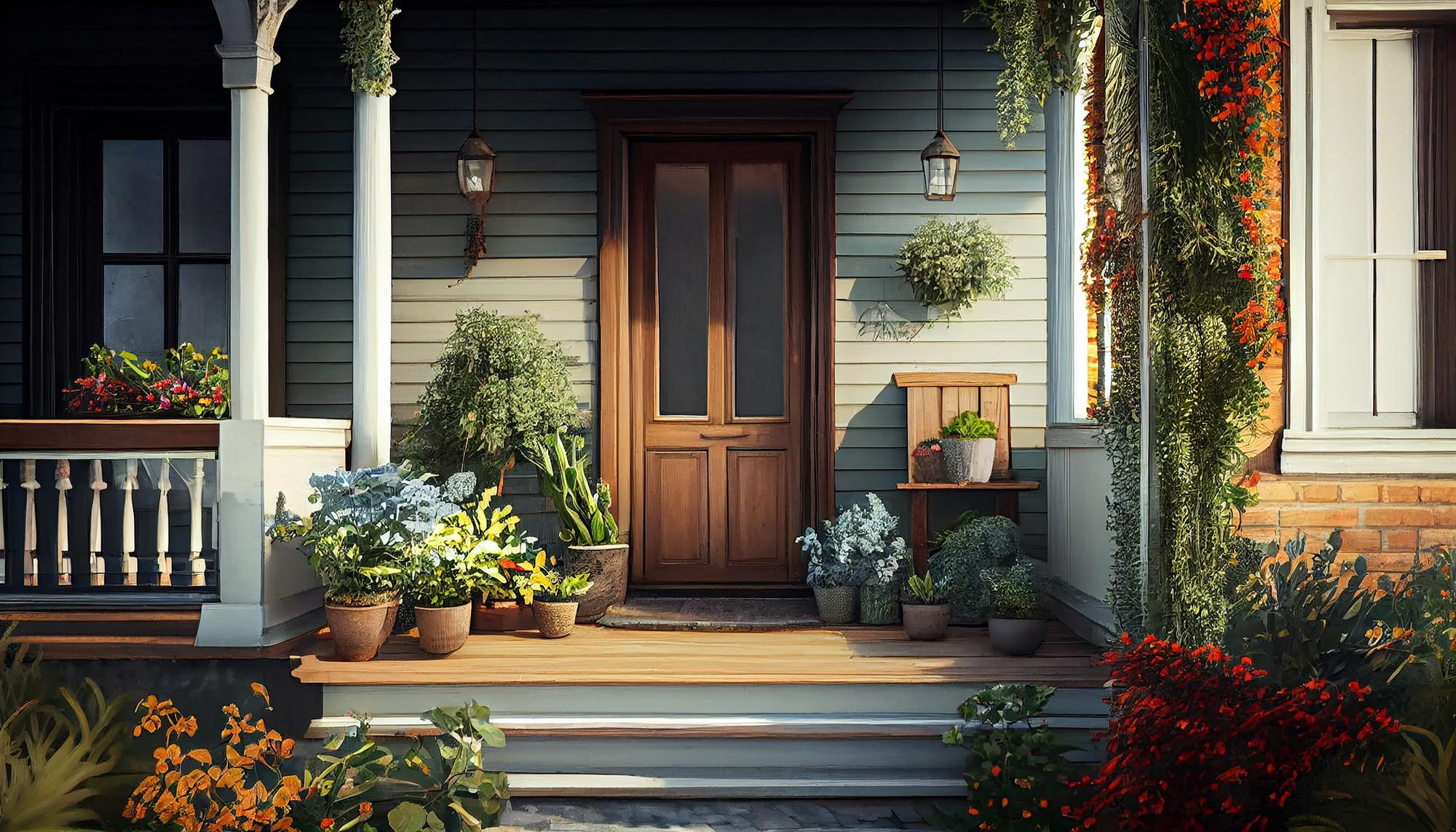Common Vastu Myths Debunked for Homebuyers
Why Vastu Matters More Than Ever in Real Estate
Modern homebuyers are setting their sights beyond just prime addresses and polished interiors. Increasingly, they want homes that offer peace, positivity, and a deeper sense of well-being.
This growing demand has brought the ancient Indian science of Vastu Shastra into the spotlight—especially in the world of real estate.
Vastu aims to align living spaces with the natural forces of the universe—sunlight, airflow, water, and energy—to promote harmony and health. But as interest in Vastu grows, so do the myths surrounding it.
Sadly, these misunderstandings often open the door to needless spending and added stress.
This article is here to clear the air. We’ll break down the most common myths about Vastu, share practical tips, and help you use these age-old principles in a way that fits modern life—whether you're buying, renovating, or simply curious.
What Is Vastu Shastra, Really?
Vastu Shastra, which dates back over 5,000 years, is essentially a science of architecture and design. It focuses on optimizing the flow of energy in a space by balancing the five natural elements—earth, water, fire, air, and space.
When these elements are in harmony, a space feels naturally positive and balanced. But before you knock down walls or rearrange your whole house, it's important to separate the real wisdom of Vastu from outdated or impractical beliefs.
7 Common Vastu Myths—Debunked
Myth 1: Vastu is a Religious Practice
Reality:
Vastu may carry a cultural association with Hinduism, but at its core, it's a science of space, not spirituality. Vastu is a system of design based on natural laws and energy flow. People of any belief system can use its principles.
Try This:
Approach Vastu as a science-based design philosophy. You don’t need to follow rituals—just simple, thoughtful changes that align with natural forces.
Myth 2: Vastu is Only About Directions
Reality:
Direction is just one piece of the puzzle. True Vastu considers everything from room layout and lighting to airflow, color schemes, and furniture placement.
Try This:
Instead of obsessing over the compass, focus on creating open, well-lit, well-ventilated spaces that feel good to be in.
Myth 3: Vastu Requires Expensive Changes
Reality:
You don’t need to demolish walls or rebuild your kitchen. Often, small, low-cost tweaks—like shifting furniture, adding a mirror, or placing indoor plants—can make a big difference.
Try This:
Seek guidance from a trusted Vastu consultant who can offer smart, cost-effective solutions suited to your space. A little guidance goes a long way.
Myth 4: Ignoring Vastu Brings Bad Luck
Reality:
Vastu isn’t a superstition—it’s about balance and intentional living. Your mindset, choices, and actions matter more than any one element of home design.
Try This:
Use Vastu to support your goals, not as a replacement for hard work or practical planning. Think of it as a tool, not a magic formula.
Myth 5: Vastu Works Instantly
Reality:
Changing the energy of a space takes time. Just painting a wall or moving a chair won’t transform your life overnight. Consistency and patience are key.
Try This:
Pair Vastu-inspired changes with positive habits and routines. Over time, you’ll notice a shift in energy and mindset.
Myth 6: Vastu Is Only for Homes
Reality:
Vastu isn’t limited to homes—it brings balance to offices, classrooms, hospitals, and even commercial spaces. Energy flows everywhere, not just in houses.
Try This:
In workspaces, pay attention to layout, light, and organization. Simple tweaks can enhance focus and productivity.
Myth 7: Vastu Rules Are the Same Worldwide
Reality:
Vastu needs to be adapted based on geography and climate. What works in India’s warm, tropical regions may not apply in colder or western climates.
Try This:
Tailor Vastu principles to your local environment and personal lifestyle. Balance is the goal—not rigid compliance.
Applying Vastu in Everyday Life: Practical Tips
Now that we’ve cleared up the misconceptions, here are some simple and effective ways to
bring Vastu into your home:
1. Main Entrance
The front door is where energy enters. Keep it clean and clutter-free. Avoid mirrors or shoe racks directly opposite the door. A well-lit entrance with a small plant can enhance positive flow.
2. Bedroom Placement
Positioning the master bedroom in the southwest zone promotes stability and restful energy. Keep the bed away from overhead beams and not directly aligned with the door.
3. Kitchen Layout
Place the kitchen in the southeast. The person cooking should ideally face east. Keep the area clean and well-ventilated.
4. Living Room Design
To create a cheerful and harmonious gathering space, design your living room facing north or northeast. Arrange seating to encourage conversation, and avoid blocking pathways with furniture.
5. Work & Study Zones
Set up your desk in the southwest corner, facing north or east. Keep the space tidy and well-lit to boost concentration and energy.
In Conclusion
Vastu Shastra, when understood and used correctly, is a practical and insightful tool for creating balanced, inviting spaces. Don’t fall for the myths. Focus on what works for your lifestyle, your space, and your budget.
You don’t need to follow every rule or make drastic changes. Instead, blend modern comfort with timeless wisdom—and let your home (or office) support your energy, goals, and well-being.
Vastu isn’t about perfection—it’s about harmony. And that’s something everyone can welcome into their space.
For more information, check our vastu shastra tips for apartment.
Trending Posts
Related Blogs
How Vastu Shastra Can Enhance the Value of Your Faridabad Property
In today’s highly competitive real estate market, property owners are
Read More >>Top 10 Vastu Compliant Projects in Whitefield, Bangalore
Vastu Shastra, the ancient science of directions, has been an
Read More >>Top 5 Vastu-Compliant Localities in Noida for 2025
Searching for a peaceful, positive home in Noida? You’re not
Read More >>







.png)